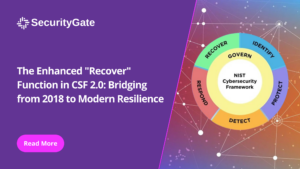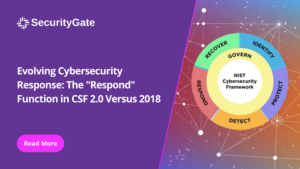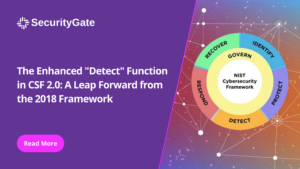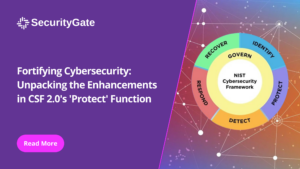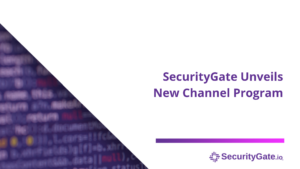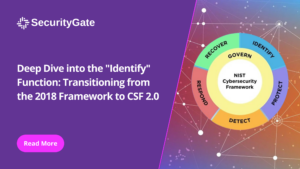This is the third post in a five-post series that introduces a set of free tools to help risk management leaders gain internal alignment for a new cybersecurity initiative. The tools are designed to help make getting buy-in easier and faster.
For a quick introduction to the full suite of tools, check out the post linked above. You’ll get an overview of each tool and why they exist.
Today we’re looking at a tool to help with a change management process. Your new initiative may impact many teams. The changes could be significant or very small. Regardless, the Change Management Worksheet we put together will help you create the plan to implement your initiative
First off, why are we spending time on a change management plan at this point?
If the idea behind these internal alignment tools is to help get the initiative approved, we’re nowhere near the point of implementation. So why not wait until later to do a change management exercise?
Here’s why: having a great idea and being able to talk about it is usually not enough to get full support for it.
You need to show a plan for implementing it that includes what changes will happen as a result. Your stakeholders will want to see this before they are willing to fully support you. They need to have confidence in knowing you’ve thought things through and have an answer for any question that comes up.
They need to be able to visualize what your idea will look like when put into action. If they can’t, they won’t go to bat for you to get others involved.
This Change Management Worksheet tool will guide you through the process of implementing your initiative. We used a flowchart-style format of short thinking exercises to help you figure out what will change and who is impacted. As an example, we included the process our customers at SecurityGate.io think through when they’re getting ready to implement our platform. Your cyber initiate may be very similar. Follow the steps and fill in the blanks.
Use the information from this tool together with the Stakeholder Benefits Guide we introduced in the last post to show how your peers benefit and give them a vision of what your initiative will look like.

